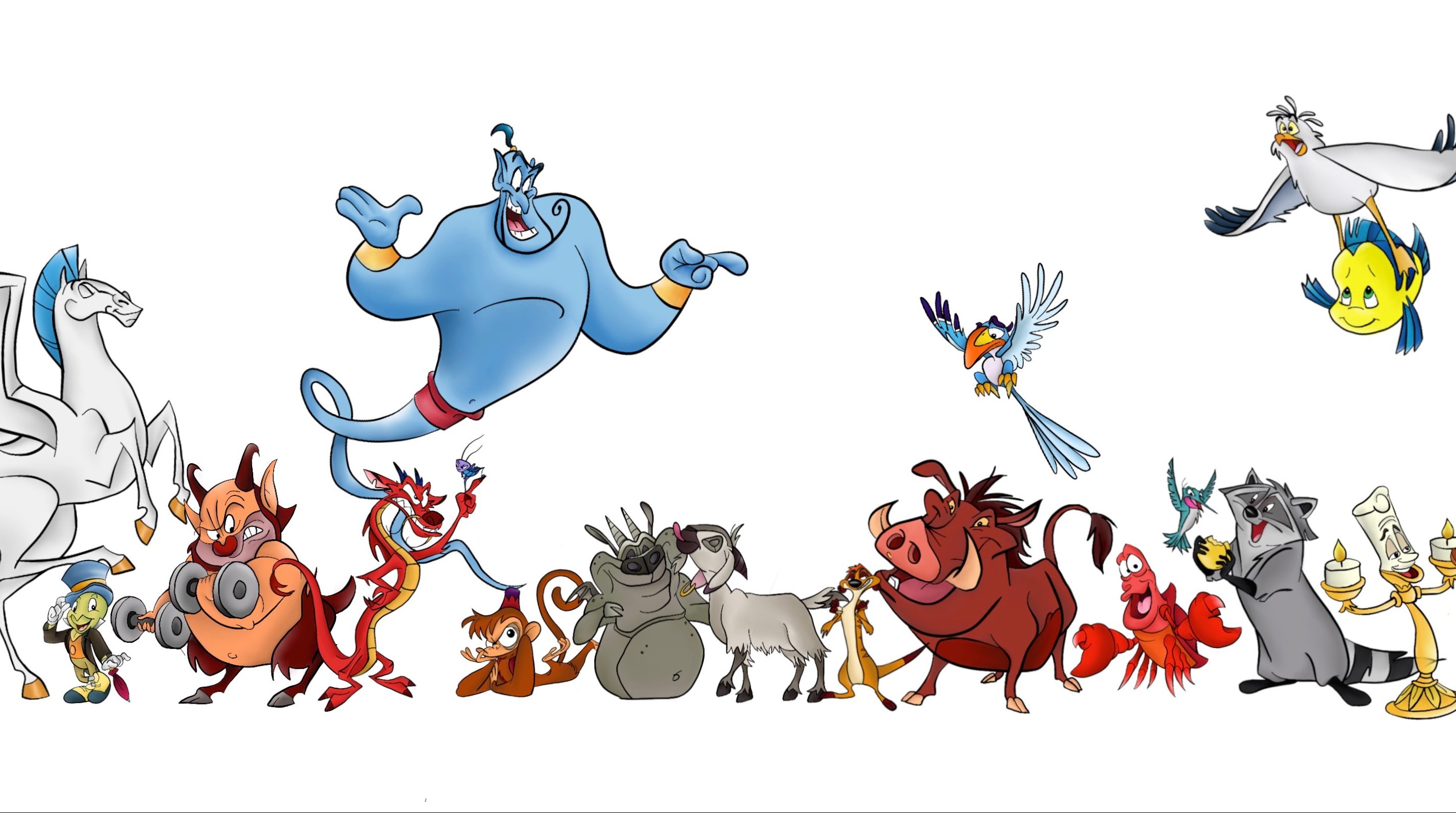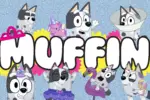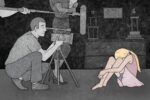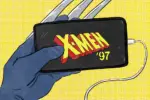They are more than just cute cartoon creatures that follow princesses around. From heroic savior to dim-witted comic relief, your favorite Disney sidekicks actually play crucial roles in these animated films.
Disney’s beloved animal sidekicks are famous for their silly theatrics and endearing devotion to their respective heroes and have been working, fighting and trembling alongside them for decades.
The character of Abu in “Aladdin” is a perfect example of the importance of a cuddly companion. After a daring and suspenseful magic carpet ride through the roaring fire and lighting of the cave of wonders, Aladdin is left clutching onto a fragile ledge for his life, facing the old, golden-toothed man that sent him to recover the lamp.
The old man promises that he will help him up once Aladdin hands him the lamp, but when he complies, the hero is instead met with the man’s shining dagger.
But where would Aladdin be without his trusty pet? To no surprise, Abu comes promptly to the rescue. Sneaking up behind the man, the monkey quickly crawls up his back and gives him a mighty chomp on the arm, forcing the petty villain to drop his blade, thus saving Aladdin’s life.
Aside from literally saving the movie’s hero from certain murder, Abu also provides a comedic contrast to Aladdin’s emotions. For example, when Aladdin first lays eyes on Princess Jasmine in the market, he does what any male Disney character does when seeing the prettiest girl in the movie: he falls instantly in love.
Abu, on the other hand, notices Aladdin head-over-heels and crawls upon his head, waving his hand over Aladdin’s eyes yelling, “Hello?!” in order to express to the viewer the extent of the hero’s dumbfoundedness.
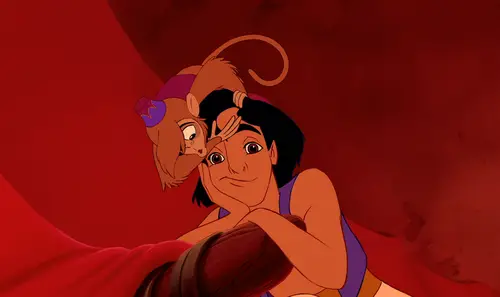
Disney sidekicks are notorious for expressing emotions which clearly oppose their human counterparts; this technique allows filmmakers to expose the viewer to the range of emotions within a scene. For example, Flounder and Sebastian, Ariel’s closest aquatic companions in “The Little Mermaid,” often portray emotions quite different from the movie’s red-headed protagonist.
Near the beginning of the movie, Ariel brings Flounder along to explore the sunken ship located on the jagged, gray depths of the ocean floor. If the eerie backdrop of darkness in the scene isn’t enough of a foreshadow for danger, the cowardly Flounder is alongside Ariel, expressing nervous caution in contrast to her light sense of adventure.
As they swim deeper into the creepy shipwreck, Flounder’s discomfort turns into fear, and he is left trembling next to Ariel after confronting a sailor’s skeleton.
His scare slowly subsides before Ariel finds the shiny “dinglehopper” (a fork) in the middle of an open room in front of a large window, but it isn’t long before a great white shark comes smashing through that window in pursuit of Flounder and Ariel. Flounder’s reserved nervousness is important in foreshadowing this shark attack as, without it, the scene may be too surprising.
Sebastian is even better at outwardly disagreeing with Ariel; initially, he is part of the force that attempts to contain her free-spirited nature within the confines of the sea.
Shortly after King Triton assigns the crab to be his daughter’s chaperone, Sebastian performs “Under the Sea,” an entertaining and incredibly well-known melody that is actually an attempt to suppress Ariel’s desires of venturing from home and pursuing true love. Sebastian even goes as far to suggest that “somebody’s got to nail that girl’s fins to the floor.”
Not only does Sebastian act on behalf of King Triton as Ariel’s chaperone, but he is also somewhat of an advisor to the king. Thus, when the crab has a change of heart, realizing that Ariel’s pursuit of happiness is not something that can or should be suppressed, there is hope that her father will think the same way later on.
Sure enough, near the end of the movie, the king finally sees Ariel’s discontentment with living under the sea, and after Sebastian tells him that “children have got to be free to live their own lives,” Triton turns her back into a human, allowing her to be with Eric.
Up until now, Disney sidekicks had proven themselves as saviors and strategic theatrical elements that drive the emotions of the movie. And then along came Hei Hei, Moana’s skinny, senseless chicken.
After watching earlier Disney movies in which the sidekicks play crucial roles in the lives of the heroes and the plot as a whole, it is difficult to pin down the role of this chicken that is incapable of expressing much other than his own lack of wit.
Moana attempts to defend Hei Hei after an elder suggests that they cook him, saying, “sometimes our strengths lie beneath the surface…far beneath in some cases,” as the rooster proceeds to eat a rock four times the size of his head.
When you watch Hei Hei in action, the only thing there is to say about him seems to be that he is pure comic relief — maybe that is all that he ever needs to be. If you have seen Disney’s “Moana,” you know how intense and action-packed the movie is. Moana of Motunui embarks on an epic quest with Maui, demigod of the wind and sea, in order to restore the heart of Te Fiti, a goddess with the power of creation.
In the midst of the film’s battles, storms and magnificent soundtrack, there needs to be something funny in order to bring the viewer back down from a straight-up epic adventure to a classic style Disney movie. That thing turns out to be Hei Hei the rooster, and he does the job quite well.
His dim-witted character makes it easy to laugh as he struggles to perform simple tasks such as eating and walking. He even manages to step right off of Moana’s canoe and plop straight into the ocean on more than one occasion. Less of Hei Hei is shown as the film’s plot thickens, but he is there to take the edge off of the suspense in “Moana” when needed.
So, next time you watch your favorite Disney cartoon, make sure to especially appreciate the animal sidekicks, because not only are they wide-eyed, cute and cuddly, but they are also crucial characters. Without them, Disney simply would not be the same.


